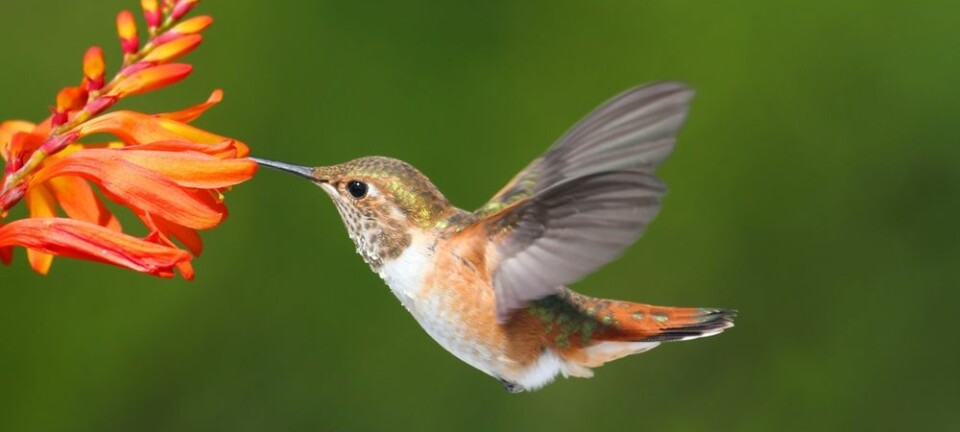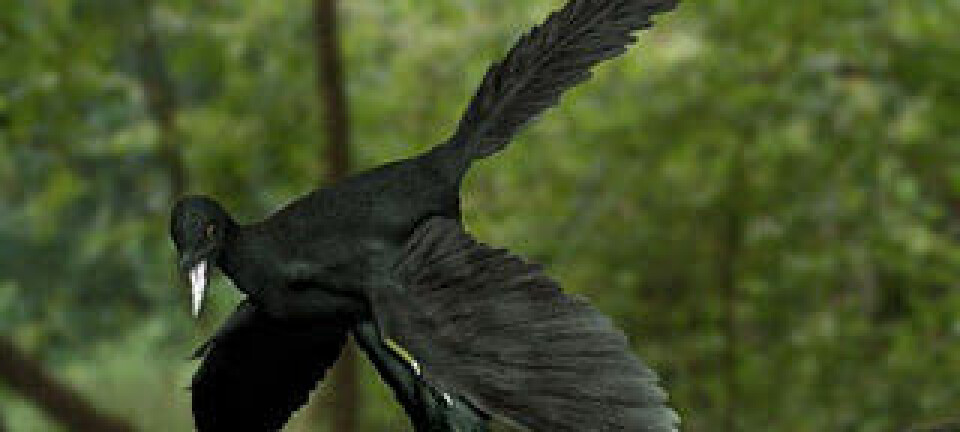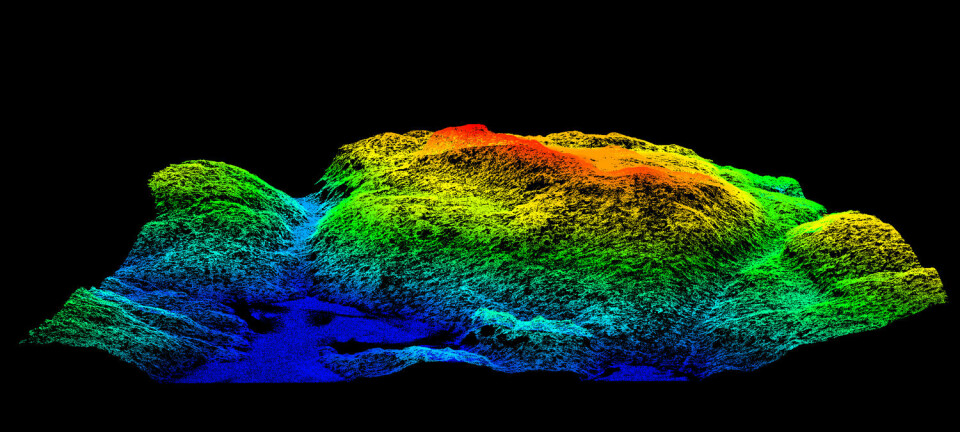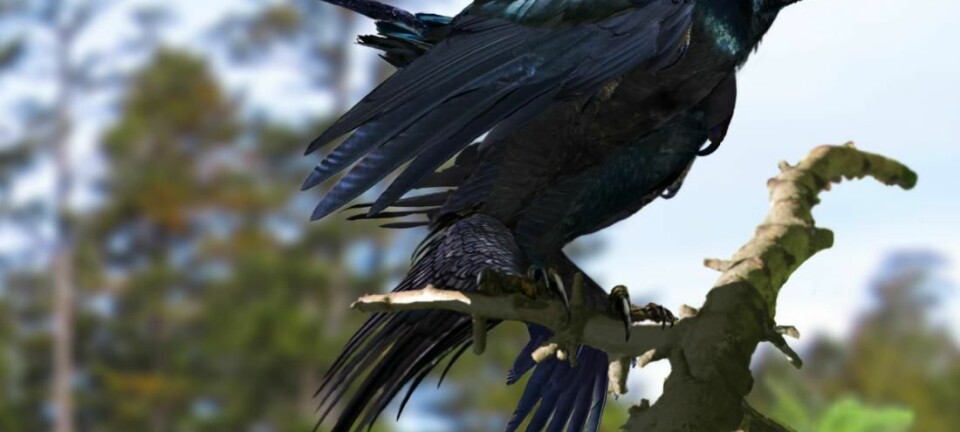An article from The Nord-Trøndelag University College
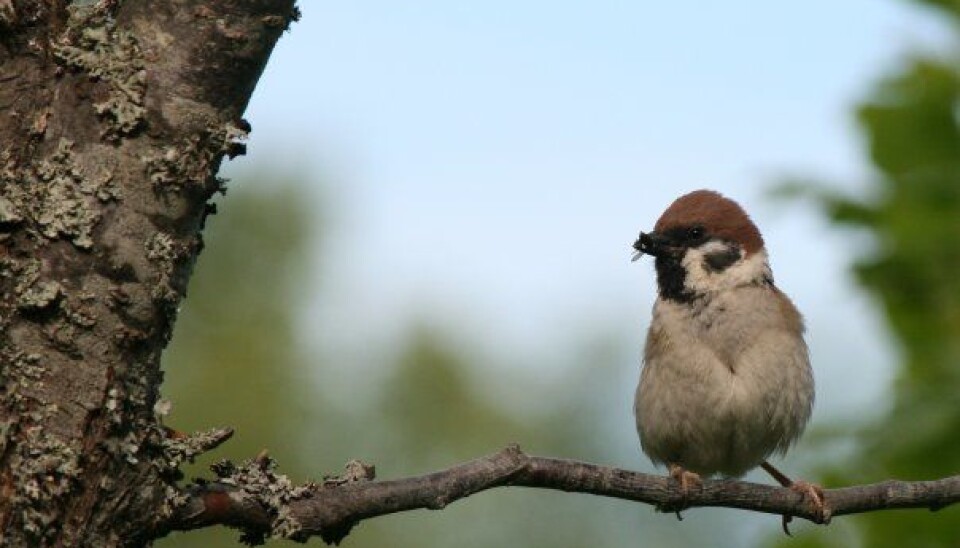
Big-brained birds less likely to die in traffic
Collisions with cars kill millions of birds every year. Mostly the ones with small brains.
Denne artikkelen er over ti år gammel og kan inneholde utdatert informasjon.
Some bird species seem to collide with cars more often than others, a phenomenon that is poorly understood.
To find out the importance of the birds’ brain size in traffic behaviour, researchers from Nord-Trøndelag University College (HINT) and Norwegian University of Science and Technology (NTNU) have investigated 3,700 birds of 11 different species in Norway.
Right or left?
"We were especially interested to find out if the relative brain size in different species have any influence on their behaviour in the traffic," says Magne Husby at Nord-Trøndelag University College.
Most birds get frightened by a fast approaching car, and they will fly away to avoid the car. In Norway, there is right-hand traffic, so now they will have to decide whether to fly to the right, away from the road to safety, or fly to the left – and thereby cross the road.

By crossing the road the bird can hit the closest approaching car, but also cars in the other lanes. To find out how smart different bird species were in this situation, the researchers investigated the probability to fly to the right for each of 11 species.
Big brains to the right
The birds with the smallest brain sizes flew to the right or crossed the road equally often (50/50). That means that the behaviour seemed quite arbitrary.
The birds with the bigger brains, however, flew to the right and directly off the road much more often than they crossed the road: Near 80 percent flew directly off the road to the right and near 20 percent crossed the road.
Jackdaw, magpies and hooded crows were the birds that kept to the right most often.
These birds have the largest brains relative to their body mass. They have long been considered the most intelligent of the birds, together with parrots.
"It was very interesting to find such a strong relationship between relative brain size and flight behaviour," Husby says.
The finds support figures from Sweden and Denmark, which show that house sparrow, tree sparrow, blackbird, barn swallow and chaffinch are the species that are most often found dead along the roadsides.
Unanswered questions
Husby underlines that brain size do not explain all differences in flight behaviour: In this investigation, only birds that use the roadsides very often are included.
“We have found that the vegetation near the road, and speed of the vehicle, influenced the flight direction,"
"In addition, we don’t know how birds that are rare along the roadsides behave when faced upon a fast approaching car," he says.







